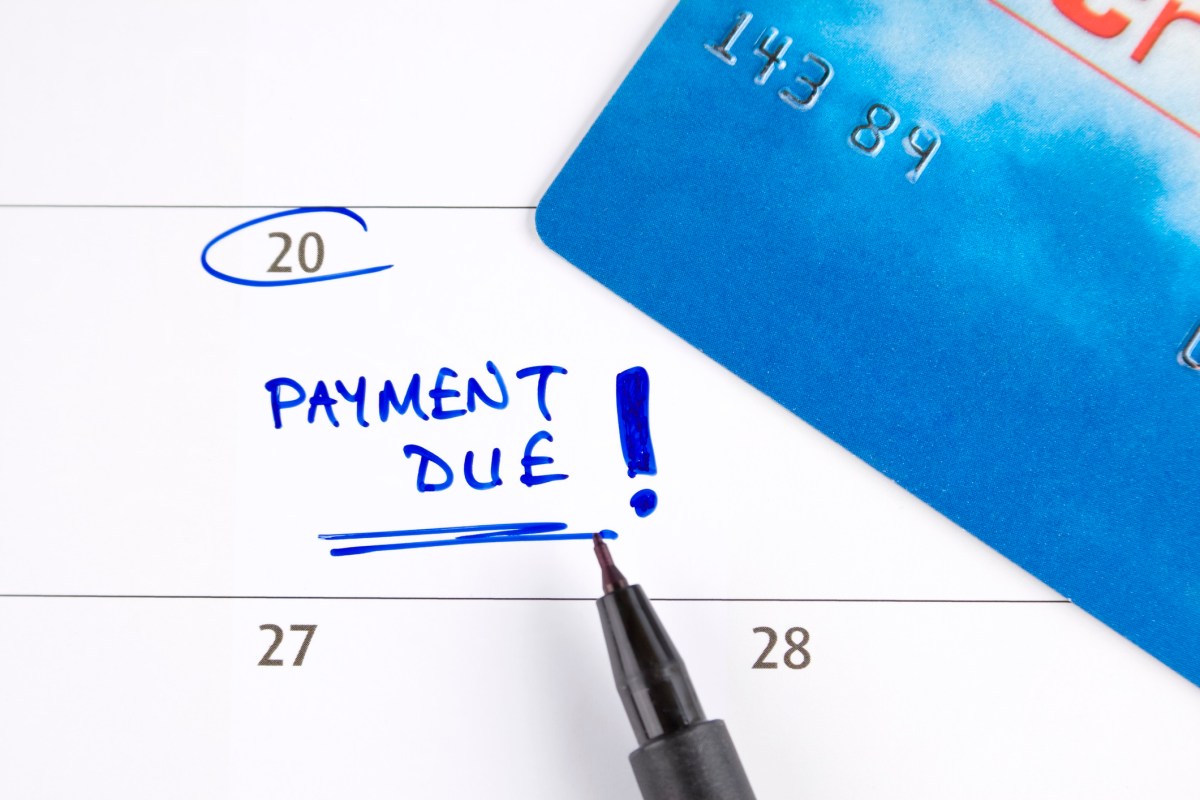We are continuing to see incredible disruption around the world as a result of Covid-19 with drastically shifting behaviours fueling some industries (home and garden) and crushing others (hospitality).
The acceleration of ecommerce is a very clear example of the former, with the market generating figures predicted to be realised over the next 7 to 10 years, in just 7 to 10 months, and much of that can be attributed to the industry-changing Buy Now, Pay Later (BNPL) phenomenon.
BNPL solutions have taken ecommerce by storm – if only we’d all had the foresight to load up on AfterPay stocks pre-pandemic! By breaking out of the millennial niche, BNPL in its various forms has become a mainstream payment method. Gone are the days of offering customers PayPal, Credit Card and perhaps one BNPL option at checkout – online businesses are expected to have 2 or 3 options available (depending on the breadth of your audience) to align with customers’ preferred BNPL providers.
As a result of this unprecedented and unforeseeable growth, a large number of businesses are now scrambling to adjust their strategies and must work harder and faster to implement necessary changes – but when it comes to digital payments, agility in how you transact with customers is integral to every commerce strategy in 2020 and well beyond.
For ecommerce businesses, big and small, right now one of their biggest challenges is integrating payments into their technology stack seamlessly. Traditional systems are based on the dated idea you’re only likely to change who manages your transactions when undergoing a re-platforming or digital transformation project every 3-5 years at best and 10-15 at worst, which removes any flexibility or ability to adapt to changing market trends.
Enter a modern headless, microservices-based environment, which instead delivers significant benefits when it comes to managing payment options.
Firstly, the effort to perform the initial implementation is significantly reduced because the majority of the work happens in the front-end with the browser/client communicating directly with the payment solution. The ecommerce platform only needs to know whether the payment has been successful or not, and shouldn’t really be involved in the payment transaction process per-se. Payment providers generally provide the fields and the API calls required, so back-end development is not required to switch or enable a new payment function.
Secondly, there is the ability to quickly enable new features offered by payments providers, as a result of the ease of deploying code changes to the front-end. Merchants, acquirers and fraud engines are always evolving, and want users to take advantage of new features without a lengthy development, testing and deployment cycle.
According to Checkout.com‘s, James Grainger, VP Commercial Partnerships, “As a digital payments provider, we’re seeing a growing demand from our merchants to support a truly headless commerce environment. Checkout.com is an advocate for the M.A.C.H (Microservices, API-first, Cloud-native and Headless) approach and is preparing to release a seamless integration which enables merchants to deploy a digital payments solution with minimal code and API endpoints to connect. This enables commercetools’ merchants to quickly test and iterate on the digital commerce experience they’re providing.”
Headless architectures also enable a swifter customer payment notification process and improvesconversion rates by reducing lost sales. Bypassing the underlying commerce platform, it saves precious milliseconds and often displays a friendly error message in the event of an unsuccessful payment transaction. A helpful message as to why the payment was unsuccessful means the customer can either try again, or try a different payment method, if the problem happens to lie with them and not the merchant.
Maintaining compliance is more manageablewith headless. As requirements for compliance change, businesses may be forced to make changes that need to be deployed quickly, and headless allows businesses to respond quickly – keeping them ahead of competitors. This is particularly true for those still running Magento 1.x, which has reached end of life. Payment providers are recommending users move to a PCI compliant solution as soon as is practical, with potential for significant consequences for those who don’t make the transition.
Finally, as the BNPL landscape continues to grow, competition for retailers’ digital real estate will continue to heat up. In order to keep up with customer demands and get the best deal from the BNPL providers, businesses must be able to easily add and change payment options to their checkout process. This is simplified with headless, as the integration can often be performed via the API gateway, further reducing the effort required to implement a new payment method.
As online businesses navigate the relatively new world of BNPL to meet changing customer needs and wants, they need a platform that affords them the agility and integration capabilities they need to flourish in the new normal. In the current pandemic environment, that also means having a platform that allows them to pivot as quickly as national policy government-mandated practices can change – and that is best achieved with a MACH Architecture including a headless storefront.
Josh Emblin is territory sales manager for commercetools Australia

